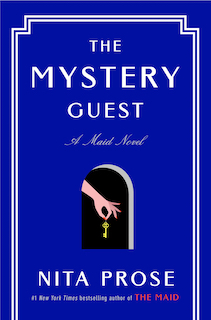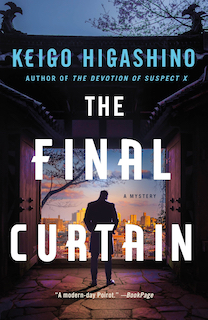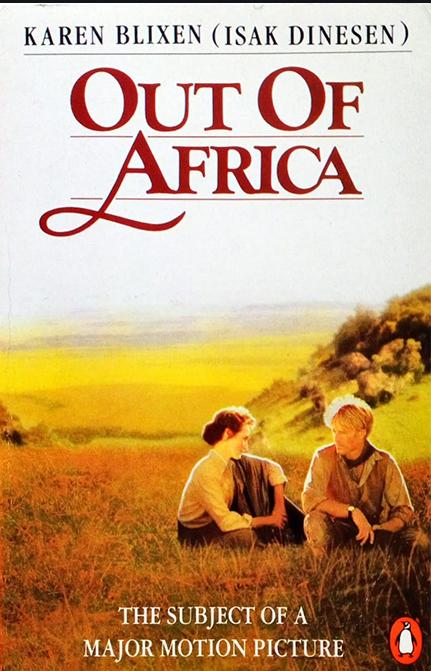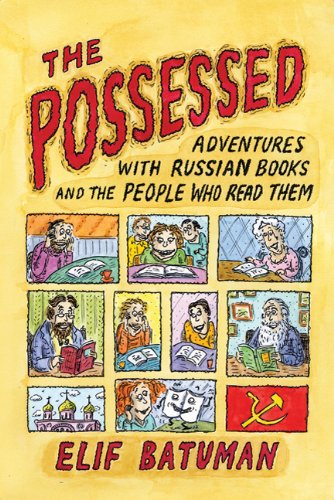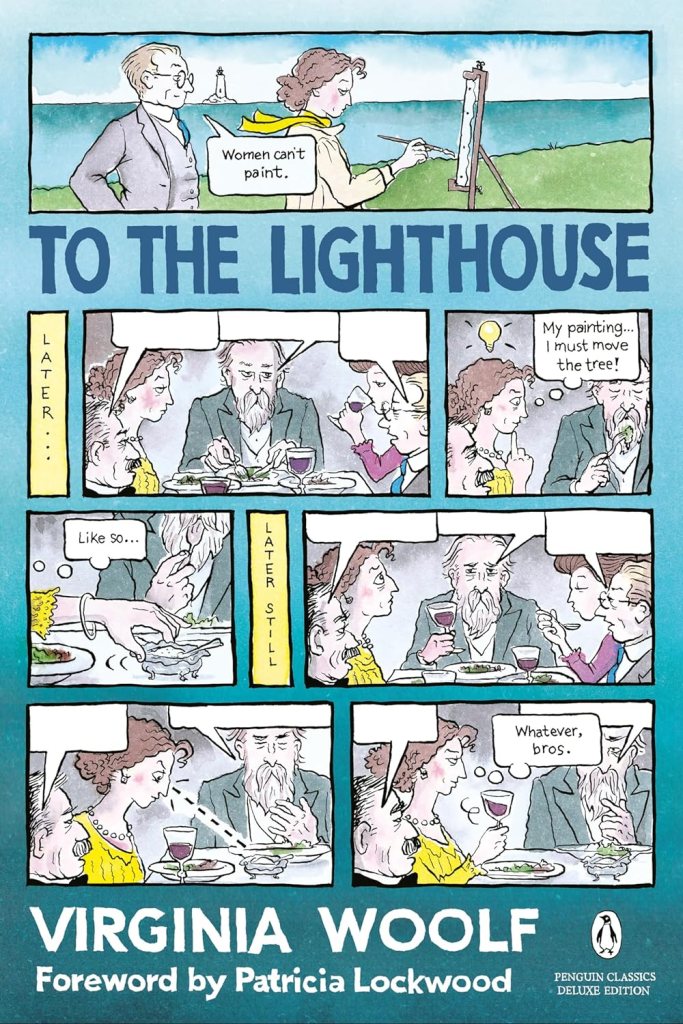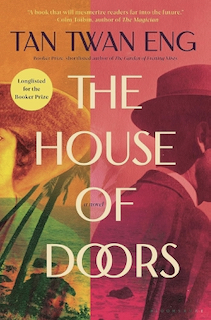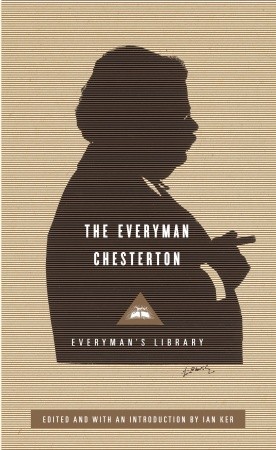Keigo Higashino is a prolific writer, more than sixty novels published and not only in the mystery genre, yet only thirteen have been translated into English. The Final Curtain is his latest, albeit it was published in Japan in 2014. English version by Giles Murray in 2023.
Thanks to Bellezza for hosting Japanese Literature Challenge for the seventeenth year, I get the chance to read this book with her. Yes, she has been my read-along pal all through my blogging years, dating way back to Midnight’s Children in 2012, and later Anna Karenina, Middlemarch, just to name a few.
Now, to Higashino. In The Final Curtain, something hits home for Detective Kaga, for it involves the death of his mother, who had deserted his father and him when he was a teenager. We learn that years ago Kaga knows of his mother’s mysterious death in the city of Sendai from an unknown woman who opens a bar there. That begins the rich and multi-layered story. As it turns out, the person that secretly releases the information to the bar owner is tied to at least two deaths in Tokyo in present day, weaving up a complex net of stories and family relations.
Yes, it’s sometimes confusing trying to figure out which character is which, for the names can be hard to distinguish. Be glad that the translator has a list of characters in the first page of the book where you can always turn to refresh your memory. The middle part could make a reader feel sluggish somewhat, but don’t get bogged down by it because this part sets the stage for a page-turning last section. Beginning with Chapter 22, there’s a dramatic switch in character description and perspective, you’ll be hooked to find out what had happened years ago that had led to the present day behaviour and demeanor of the characters.
Once again, Kaga comes through as a deep thinking, rational, and very clever young man. I don’t think of him as “A modern-day Poirot” as the description says on the book cover. Why, Kaga is a broad shouldered man with an impressive physique and in this book, a notable point and a crucial thread to the mystery is that Kaga is a kendo (Japanese sword) champion.
Every time I read Higashino I’m not only intrigued by the interwoven plot and the connections of characters, but the cultural aspects he presents during his storytelling. One notable point here is the importance of early school life has on the characters, and how readily old school mates are able to recall past events of students and teachers. People do have great memory power in Higashino’s novels.
Another aspect of Japanese culture I specifically look for is what the characters eat and drink. I’ve always had my eyes peeled to note Higashino’s description of Japanese food. Kaga and his detective cousin Matsumiya like to exchange info over beer. And what goes with it? “Matsumiya popped a few beans into his mouth and took a swig of beer as he contemplated his cousin.” And Kaga “shoveled some simmered burdock into his mouth with his chopsticks.” I admit I’ve to Google what burdock is. Other culinary delights mentioned are sashimi, grilled fish, tofu and rolled omelet.
I’d rate The Final Curtain to be one of my favourite Higashino mysteries, together with The Devotion of Suspect X. While it reveals the causes of the three major deaths in Tokyo, the ending of The Final Curtain gives me a feeling of ‘to be continued’, as the mystery of Kaga’s mother still lingers in my mind. I look forward eagerly to more Higanshino to be translated soon.
~ ~ ~ Ripples
Other Keigo Higashino Ripple reviews:


